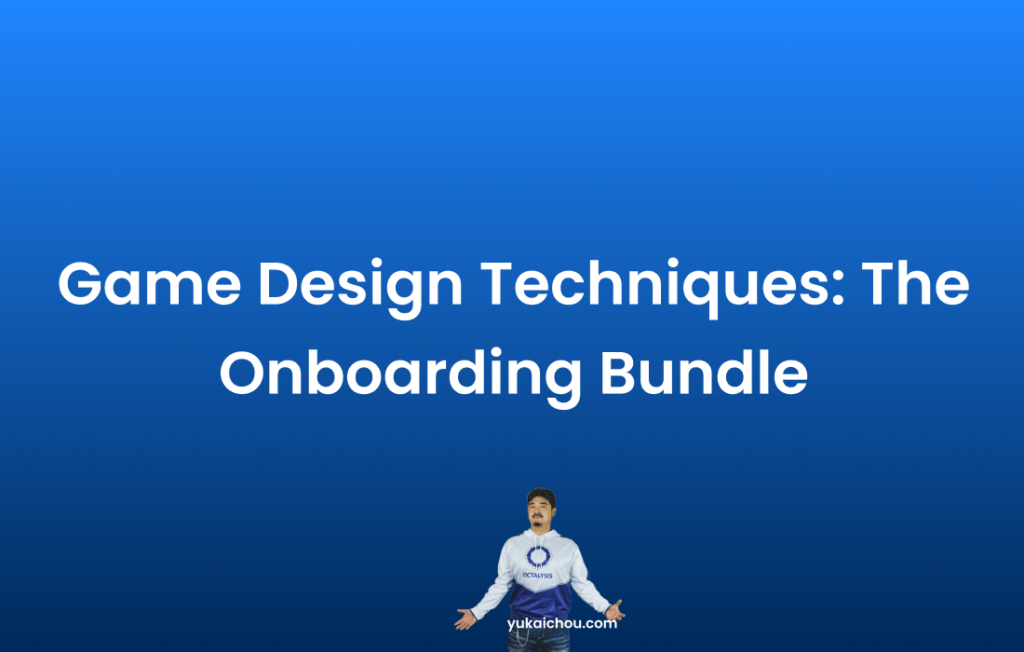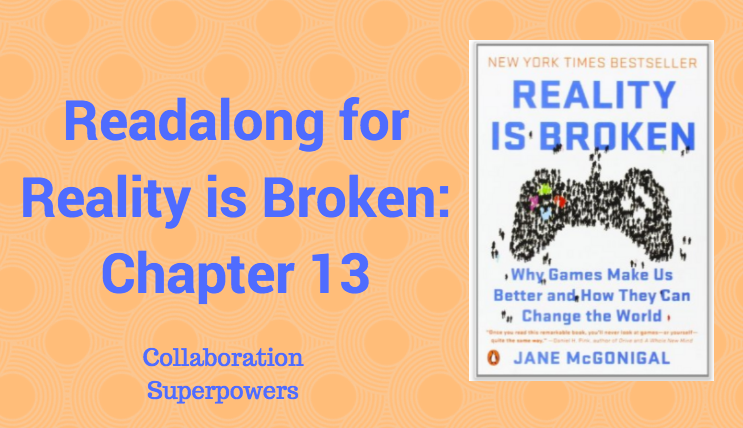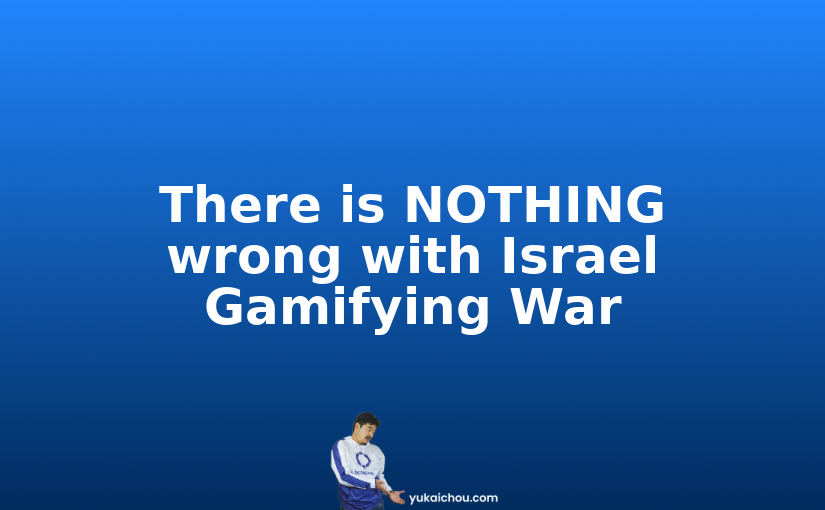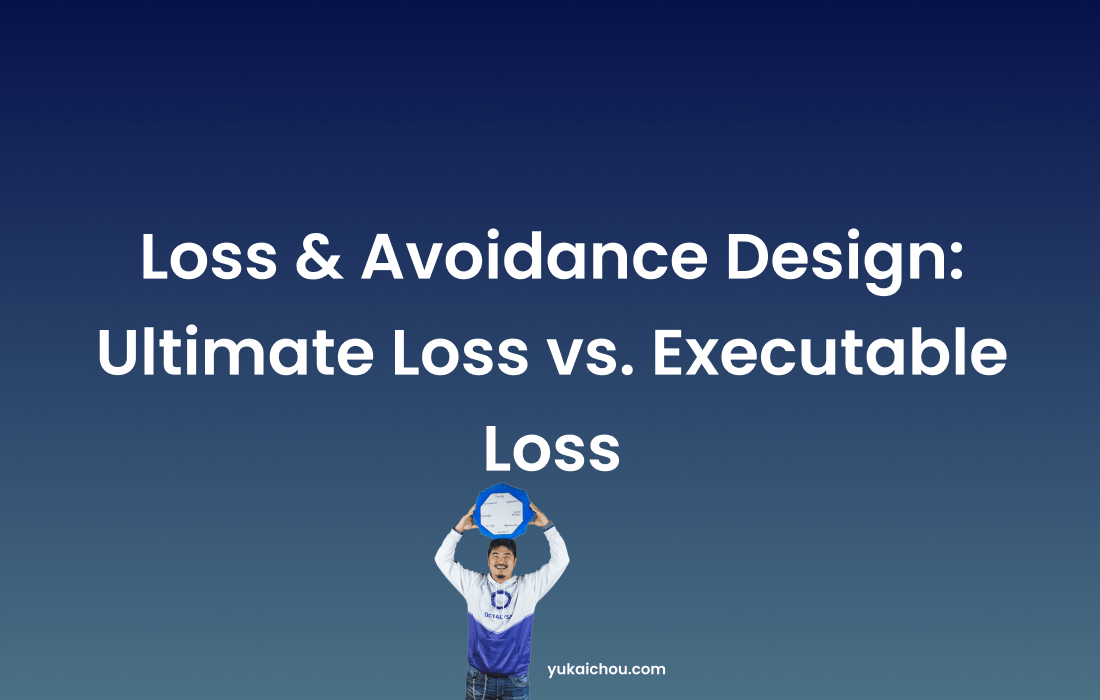Hello, Octalysis Enthusiasts!
Today, we’re going to dive into a small bundle of game design techniques that can make a huge difference in your product’s user experience. These techniques are the Glowing Choice (GT #28), Desert Oasis designs (GT #38), and the Step-by-Step Overlay Tutorial (GT #6).
By understanding and implementing these design strategies, you can create an engaging and enjoyable onboarding experience for your users.
Based on Core Drive 2: Development & Accomplishment, people want to feel smart and capable. They don’t want to feel lost or confused. If they don’t know what to do in an interface for maybe about four seconds, they start feeling stupid. So, when designing your user experience, keep in mind these two important principles:
- You never want to let users accidentally stumble upon a bad experience. Everything they can possibly choose, or they will probably choose, should be a good experience.
- You want to think about the First Major Win-State, which is the moment where the user first says, “Wow, this experience is so awesome!” Guide them towards that First Major Win-State as quickly as possible.
Now, let’s explore how you can guide people into a good experience using these game design techniques.
Glowing Choice (Game Technique #28)
The Glowing Choice is a game design technique where something on the interface stands out, like a pointy arrow, a light bulb, or even a jiggly, wiggly button. This eye-catching element attracts the user’s attention and encourages them to interact with it.
Imagine entering a vast virtual world with numerous directions to explore. The user knows what they should do because there’s a character with a big exclamation mark on their head, signaling that they should talk to this person to receive their first quest. This is the Glowing Choice in action.
Now, imagine a smaller software interface. It’s much less complex than a virtual world, but the Glowing Choice works wonders here as well. By highlighting a specific action or feature, you can guide users and make them feel smarter and more capable.
Desert Oasis (Game Technique #38)
The Desert Oasis design is an interface where the rest of the interface is relatively plain, but the desired action stands out with bold colors, making it impossible to miss. It’s like being in a desert and seeing a lush, green oasis in the distance; you’re naturally drawn towards it.
A good example of this design is the stop sign on the road. The red octagon is a strong visual cue that’s hard to miss, and it effectively communicates the desired action.
The key difference between the Glowing Choice and Desert Oasis is that the Glowing Choice is an overlay that disappears after interacting with the desired action, while the Desert Oasis is a permanent part of the interface.
Step-by-Step Overlay Tutorial (Game Technique #6)
When users first join an app or game, they want to be guided through the process. They don’t want to feel lost or overwhelmed. The Step-by-Step Overlay Tutorial is a collection of Glowing Choices that guide users through a tutorial, allowing them to learn a whole set of actions.
Sometimes, the tutorial takes place in a simulated situation, while other times, it’s within the actual application.
For instance, imagine a mobile app that helps you get gas delivered to your car. When users download the app, they might not need gas immediately. However, by providing a simulated tutorial that guides them through the process of scheduling a gas delivery, the app ensures that users understand how the system works.
The onboarding process shouldn’t end when users have set up their profiles. Instead, it should guide them through the desired actions at least once, so they feel confident in using the app or platform. By providing a Step-by-Step Overlay Tutorial, you can create a smooth onboarding experience that effectively reduces cognitive load and fosters a sense of achievement.
By incorporating these techniques, you can guide users towards the Desired Action, create a sense of progress, and help them achieve their First Major Win-State.
Core Drive 1: Epic Meaning & Calling
By highlighting a mission, quest, or a cause that users can be a part of, you can evoke a sense of Epic Meaning & Calling. Use the Glowing Choice or Desert Oasis designs to draw users towards actions that contribute to a larger narrative, making them feel like they’re part of something greater than themselves.
Core Drive 2: Development & Accomplishment
Help users experience a sense of progress and achievement by using the Glowing Choice to highlight milestones, levels, or other indicators of progress. The Desert Oasis designs can be used to make these achievements more visible and enticing. Additionally, the Step-by-Step Overlay Tutorial can guide users through a series of tasks, leading them to experience their First Major Win-State, creating a sense of accomplishment and motivating them to continue using your product.
Core Drive 3: Empowerment of Creativity & Feedback
Encourage users to experiment and innovate by emphasizing tools, customization options, or creative features through the Glowing Choice or Desert Oasis designs. With a Step-by-Step Overlay Tutorial, guide them through the creative process and showcase the possibilities of your platform, fostering a sense of empowerment.
Core Drive 4: Ownership & Possession
By using the Glowing Choice or Desert Oasis designs to emphasize rewards or virtual goods, you can tap into users’ desire to own and accumulate. Showcasing the value of these possessions can deepen their engagement with your product and encourage further investment.
Core Drive 5: Social Influence & Relatedness
Leverage the Glowing Choice or Desert Oasis designs to make social features prominent, such as connecting with friends, joining groups, or engaging in collaborative activities. The Step-by-Step Overlay Tutorial can help users understand the social dynamics of your platform, making it easier for them to form connections and establish a sense of belonging.
Core Drive 6: Scarcity & Impatience
Highlight limited-time offers, exclusive items, or rare opportunities using the Glowing Choice or Desert Oasis designs. By making these scarce resources stand out, users will be more likely to feel the urgency to act on them, leading to increased engagement.
Core Drive 7: Unpredictability & Curiosity
Incorporate elements of surprise or mystery into your user experience by using the Glowing Choice to draw users’ attention to hidden features or content. A well-crafted tutorial can also introduce an element of unpredictability, teasing upcoming challenges or experiences that users will encounter as they progress.
Core Drive 8: Loss & Avoidance
Use the Glowing Choice or Desert Oasis designs to emphasize actions that help users avoid negative consequences, such as losing progress, missing out on rewards, or falling behind in a competition. A carefully crafted Step-by-Step Overlay Tutorial can also teach users how to prevent setbacks and overcome obstacles.
By understanding and incorporating the Glowing Choice, Desert Oasis designs, and the Step-by-Step Overlay Tutorial, you can create a user experience that appeals to all 8 Core Drives of the Octalysis
In conclusion, designing an effective onboarding process is crucial for user retention and engagement. With these game design techniques, you can create a smooth, enjoyable experience that helps users feel confident and accomplished. By incorporating these strategies within the Octalysis Framework, you can tap into the full potential of your product, ensuring long-term success and user satisfaction.








